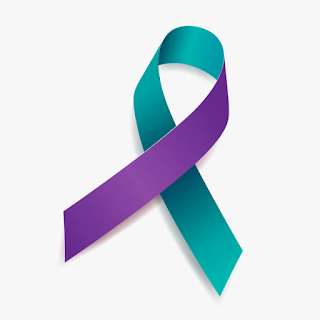Comprehensive Approaches to Suicide Prevention: Empathy, Education, and Various Strategies
Suicide Prevention Strategies:
A Holistic Approach
1. Safety planning and problem-solving:
Safety Planning:
Implementing a safety plan is critical for helping people navigate potential disasters. To manage challenging situations, one must first identify triggers, coping techniques, and emergency contacts. Problem Solving: Incorporating problem-solving skills helps to build effective coping mechanisms, allowing people to face issues that contribute to their suffering.
2. Diverse Interventions and Suicidal Mode:
Collaborative approaches:
Interventions are supposed to be inclusive, incorporating a variety of theoretical perspectives and disciplines. This interdisciplinary approach ensures a thorough understanding and treatment of suicidal behavior.
Suicidal Mode:
Recognizing and resolving a person's "suicidal mode" requires understanding the emotional, cognitive, and behavioral components that contribute to their misery.
3. Duration and relapse prevention:
6–12 Months:
Recognizing that effective suicide prevention programs may necessitate long-term efforts over 6-12 months ensures that clients receive complete and continuing care.
Relapse Prevention:
Integrating relapse prevention exercises helps people develop resilience, which reduces the likelihood of repeating suicidal thoughts and behaviors.
4. Empathetic communication:
Using empathic words, such as "Hey, I've noticed you've been down lately." I am here for you. Have you felt so bad that you considered hurting yourself?" encourages open discussion and provides a secure platform for people to express their emotions.
Similarly, the direct approach of "I'm worried about you; have you had any suicidal thoughts?" shows real concern and promotes communication.
5. Understanding Suicide Trends and Public Health.
Recognizing that suicide rates have somewhat increased worldwide needs a concerted effort in public health. Diverse interventions are required to avoid the emergence or worsening of mental health issues.
Recognizing that the Mountain West region of the United States has higher suicide death rates highlights the significance of focused interventions in specific geographic locations.
6. Suicide Research Methods and Terminology:
Identifying self-report surveys and structured interviews as the most popular tools in suicide research emphasizes the need for proper data collection for understanding and preventing suicide.
Adopting uniform and up-to-date vocabulary in suicide research guarantees communication precision while eliminating the stigma associated with older terminologies.
7. Sensitivity to reporting and language:
Replacing stigmatizing terms like "committed suicide" with "died by suicide" displays a dedication to sensitivity and accuracy in reporting, which is consistent with responsible reporting norms.
Understanding the meaning of language like "with any intent" in the CDC's definition of a suicide attempt highlights the significance of removing non-suicidal acts from classification.
8. Educational initiatives:
Confirming that a course is created for everyone who wants to learn about suicidal thoughts and behaviors, regardless of background, emphasizes the inclusive aspect of mental health education. It promotes greater understanding and destigmatization.
To summarize, tackling suicide completely requires a combination of empathic communication, different solutions, clear terminology, and a collaborative, public health-focused strategy. By embracing these vital factors, we may help to create a more compassionate and knowledgeable society that actively seeks to prevent suicide.
Source: Coursera Suicide Prevention: Link




